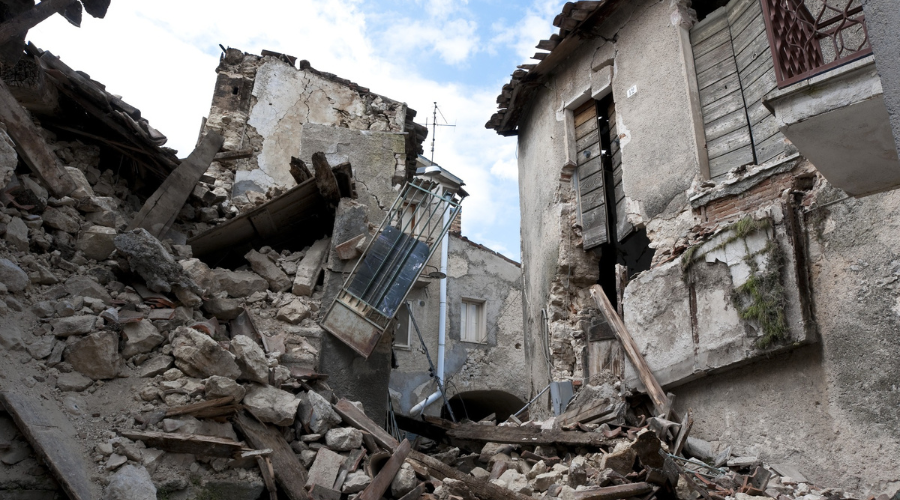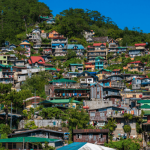On July 16, 1990, the city of Baguio in the Philippines experienced a devastating earthquake that left a significant mark on the region and its inhabitants. With a magnitude of 7.7, the earthquake caused widespread destruction and loss of life, reshaping the landscape of Baguio and highlighting the importance of disaster preparedness.
The Event
The earthquake struck in the early morning hours, causing buildings to collapse and triggering landslides in the mountainous terrain surrounding Baguio. The tremor was felt across northern Luzon, but Baguio was among the hardest hit, with numerous structures, including schools, hospitals, and homes, suffering severe damage.
Impact
Casualties: The earthquake resulted in over 1,600 fatalities and thousands of injuries. Many victims were trapped under the rubble of collapsed buildings, leading to a significant rescue effort.
Destruction: The infrastructure of Baguio was heavily impacted, with many historical landmarks and modern buildings destroyed. The city faced challenges in providing shelter and basic services to the displaced population.
Economic Consequences: The earthquake had long-term effects on Baguio’s economy, particularly in the tourism sector, which is vital for the city’s livelihood. Recovery efforts took years, as the city worked to rebuild and restore its reputation as a popular tourist destination.
Lessons Learned
The Baguio earthquake underscored the necessity for improved disaster preparedness and response strategies in the Philippines, a country prone to seismic activity. Key lessons included:
Building Codes: The earthquake highlighted the importance of enforcing stricter building codes to ensure that structures can withstand seismic events. Subsequent regulations aimed to enhance the safety of buildings in earthquake-prone areas.
Emergency Response: The need for effective emergency response plans became evident. Training for first responders and community awareness programs were initiated to better equip the population for future disasters.
Community Resilience: The earthquake fostered a sense of community resilience, as residents came together to support one another during the recovery process. This spirit of cooperation has been vital in rebuilding efforts.
Conclusion
The Baguio earthquake of 1990 remains a pivotal moment in the history of the city and the Philippines. While the event brought immense tragedy and hardship, it also served as a catalyst for change, prompting improvements in disaster preparedness and community resilience. As Baguio continues to recover and grow, the lessons learned from this earthquake remain crucial in safeguarding the future of its residents.
For more insights into local developments, check out Christopher Hildebrant: Cincinnati Real Estate Developer and explore Baguio City’s disaster preparedness initiatives for additional information on how the city is working to enhance safety and resilience.



